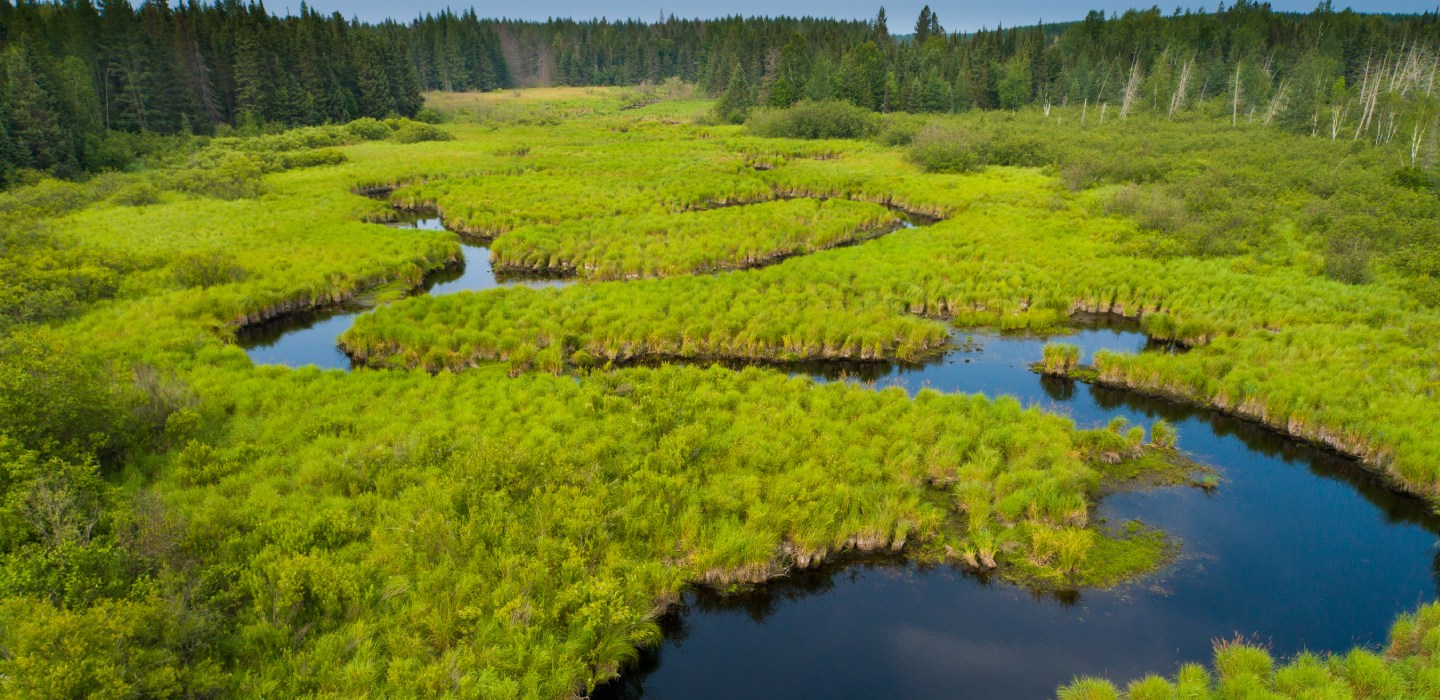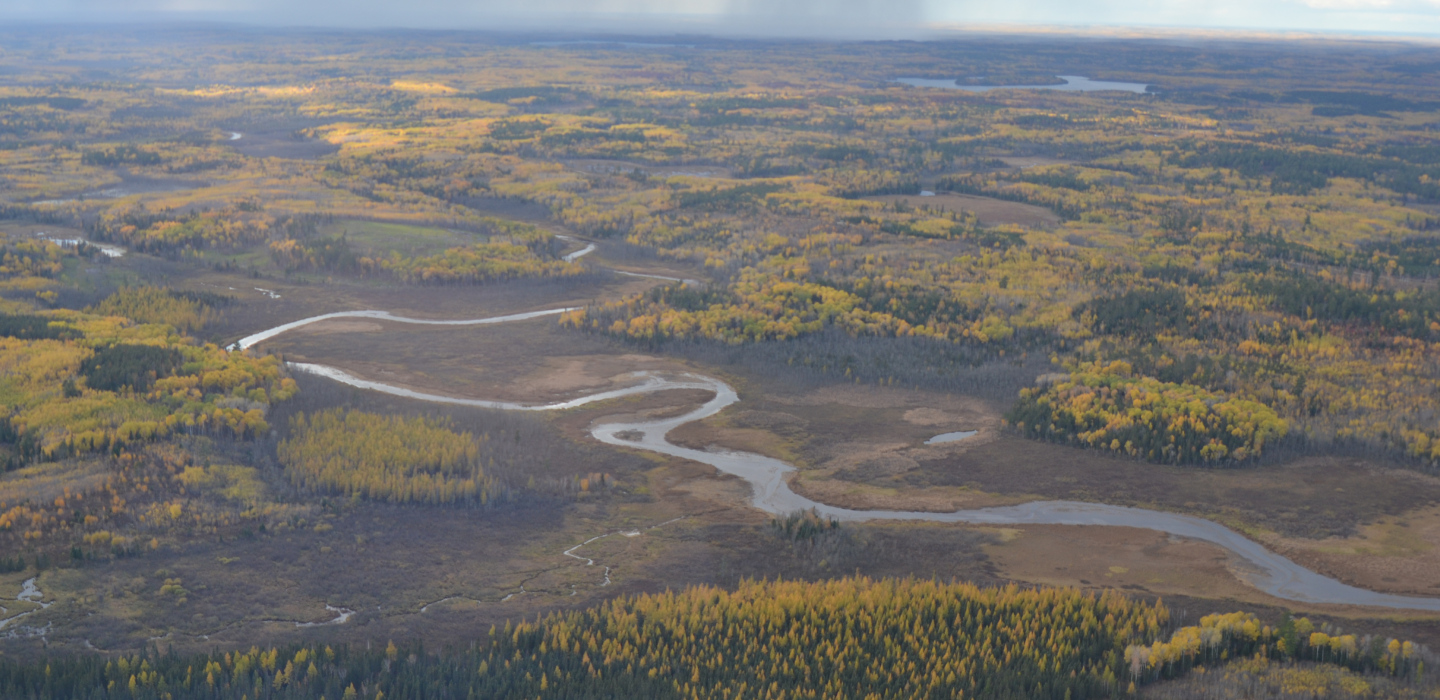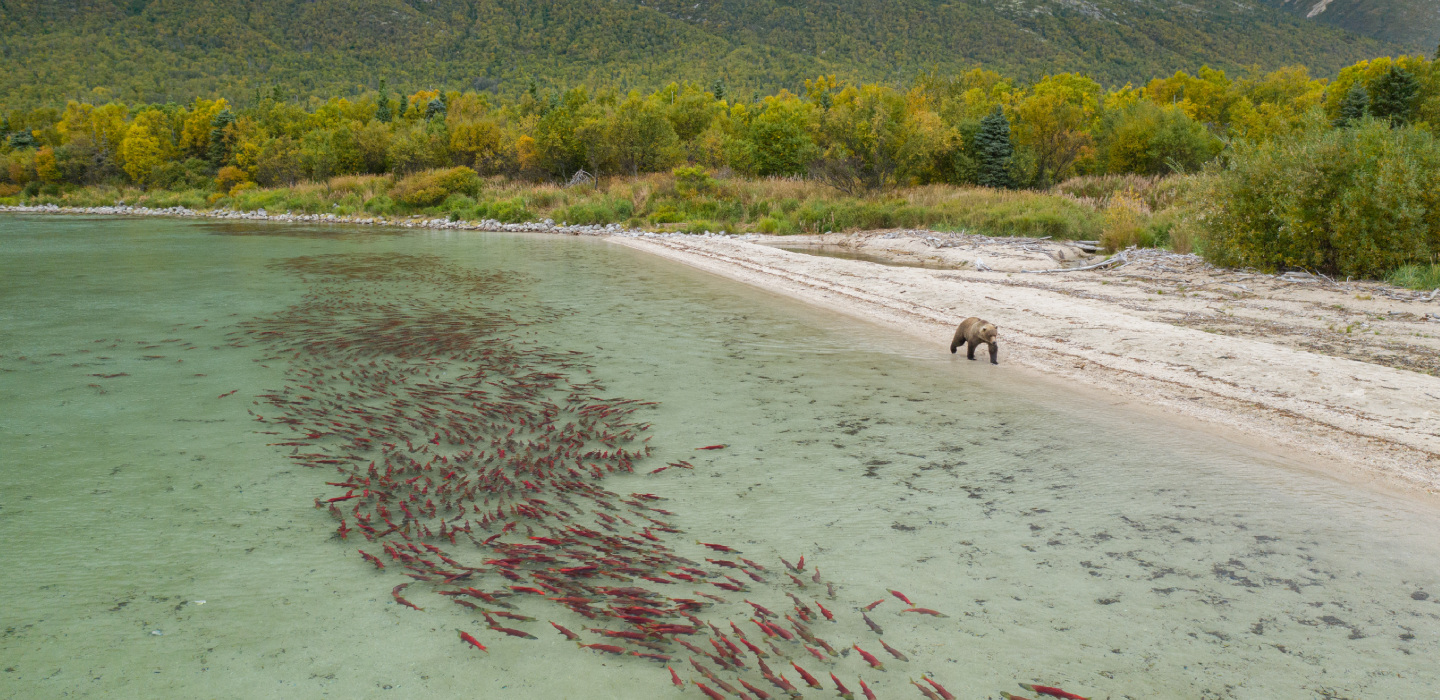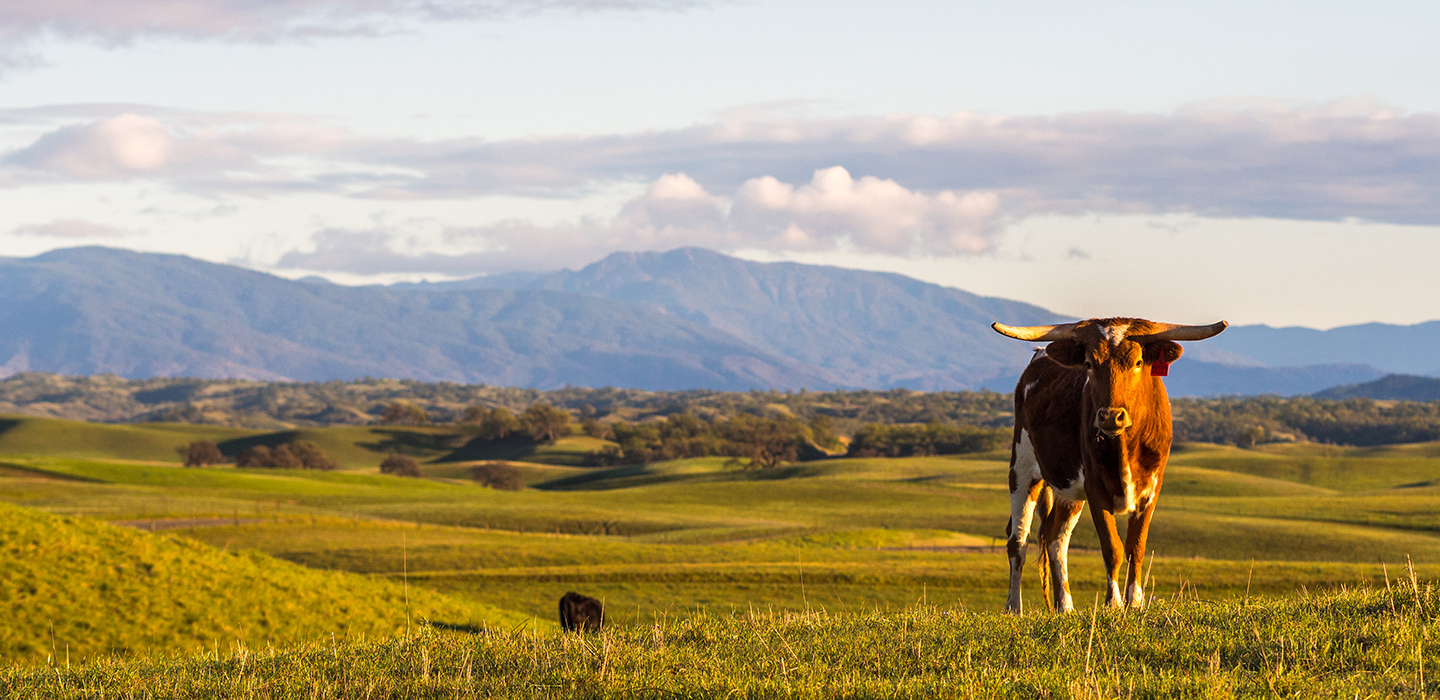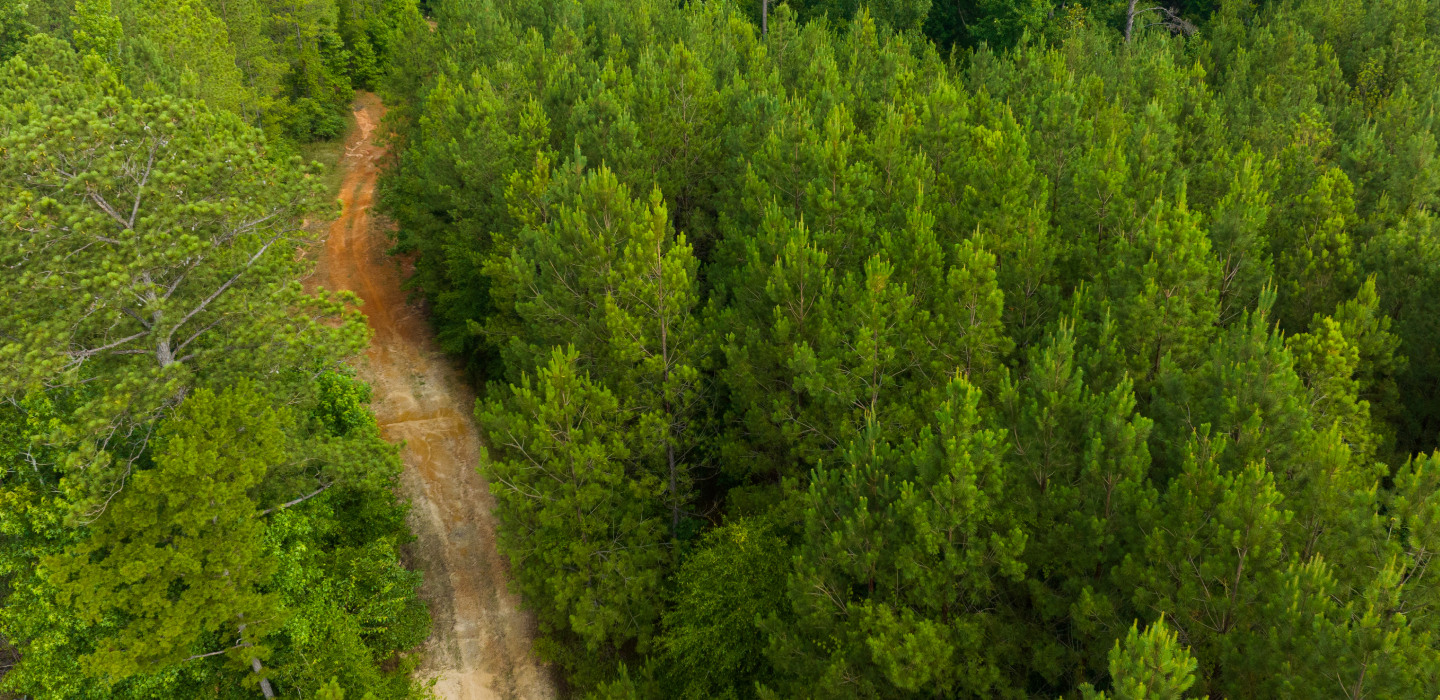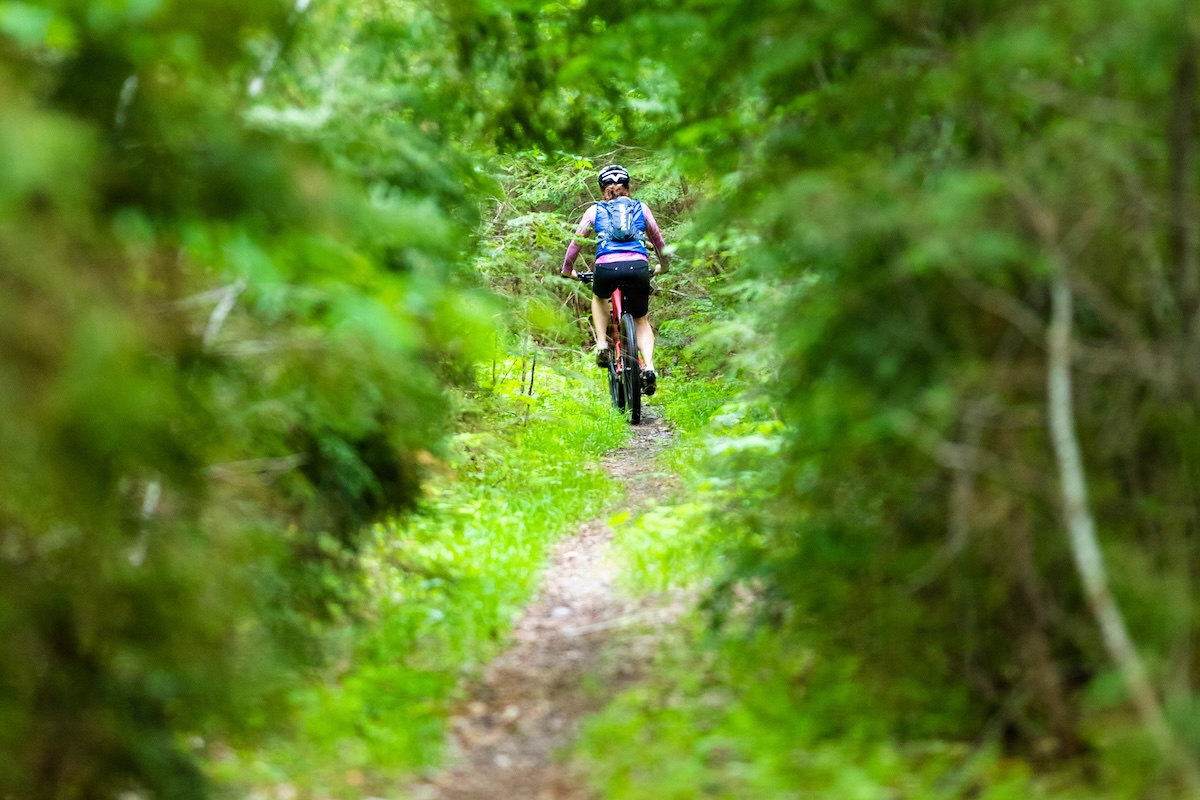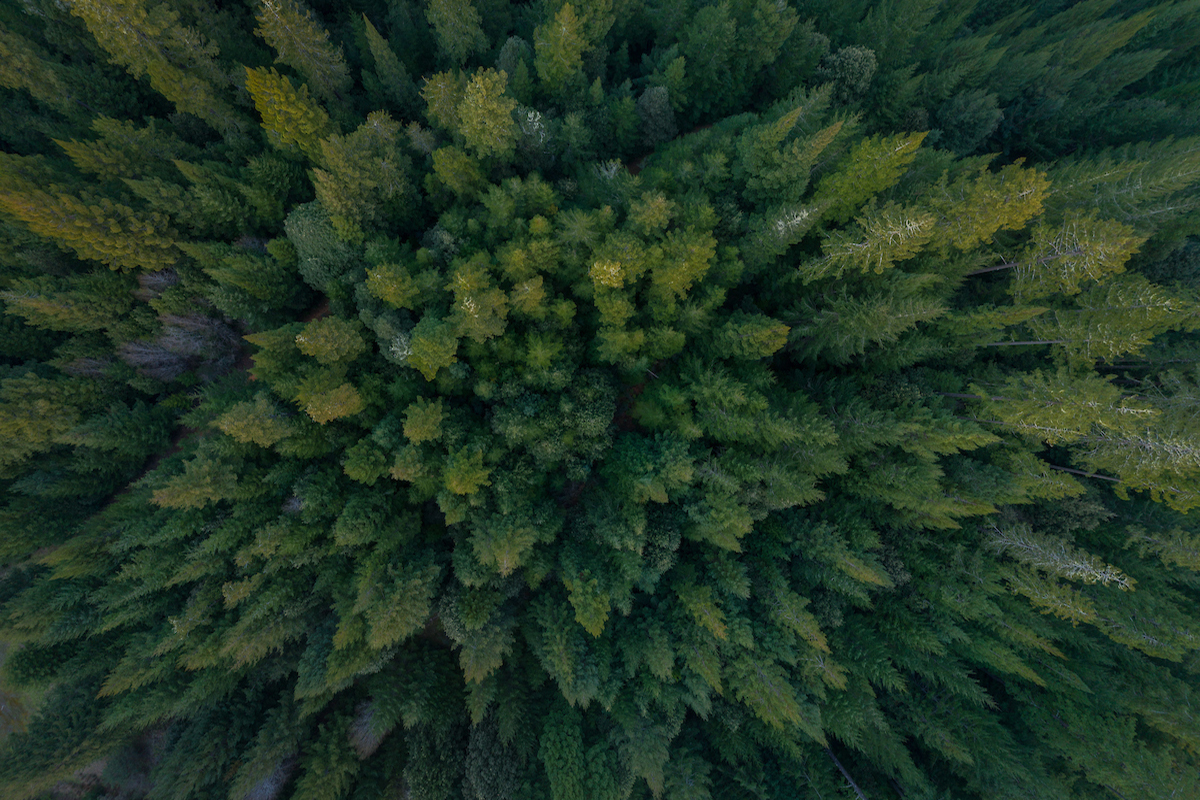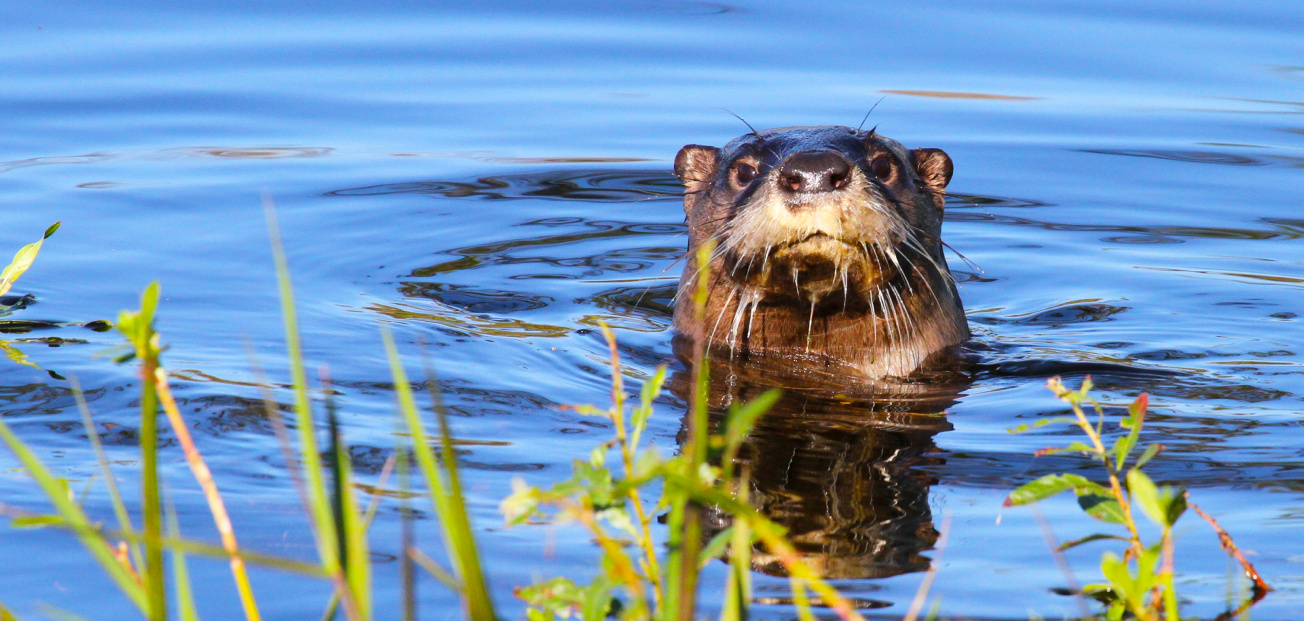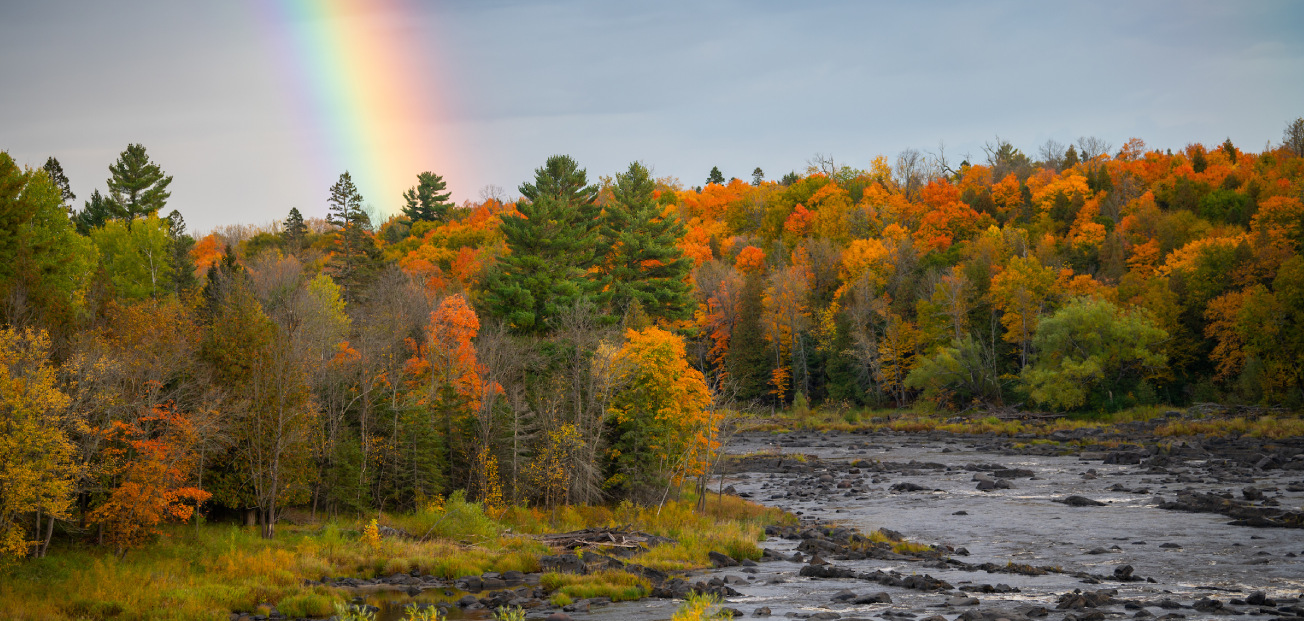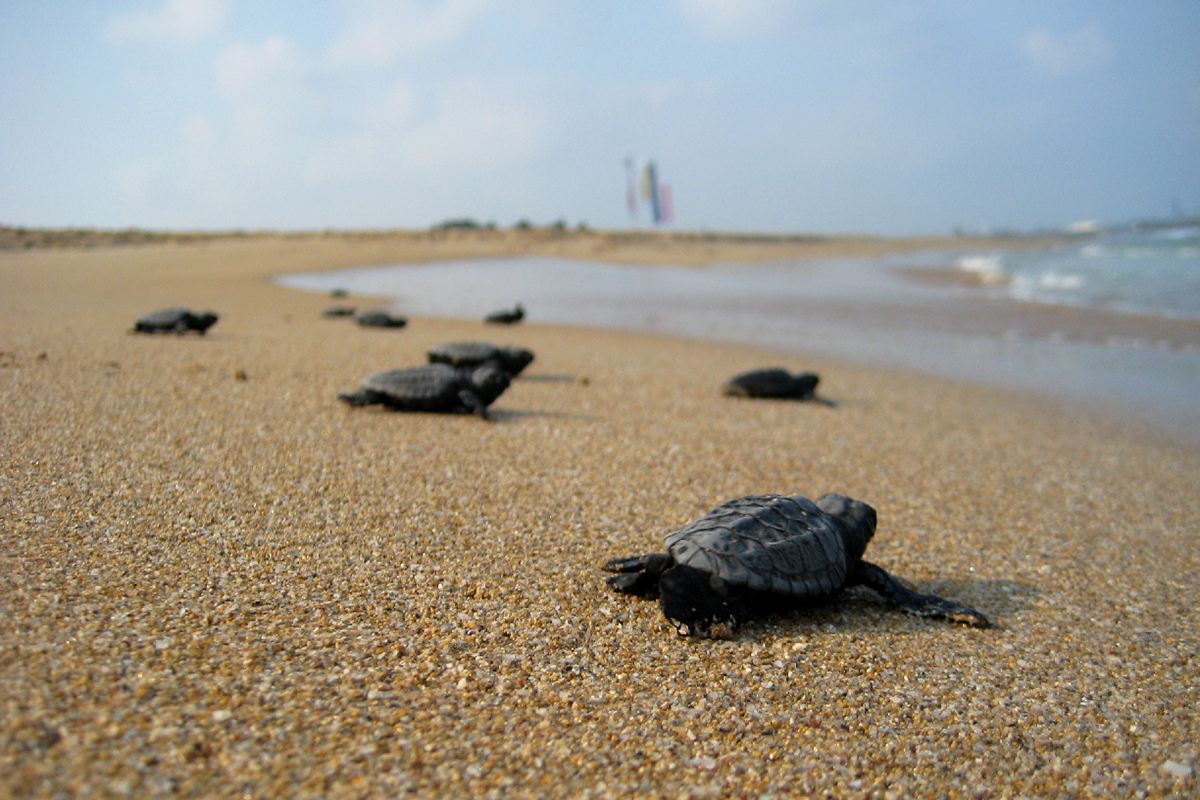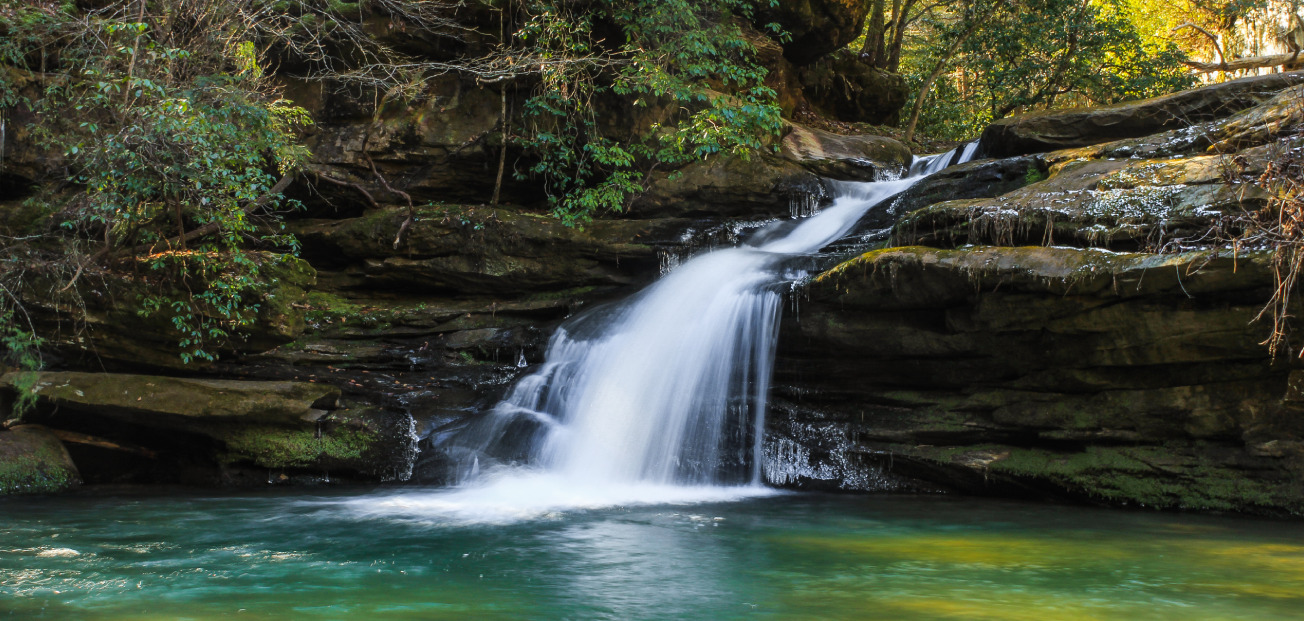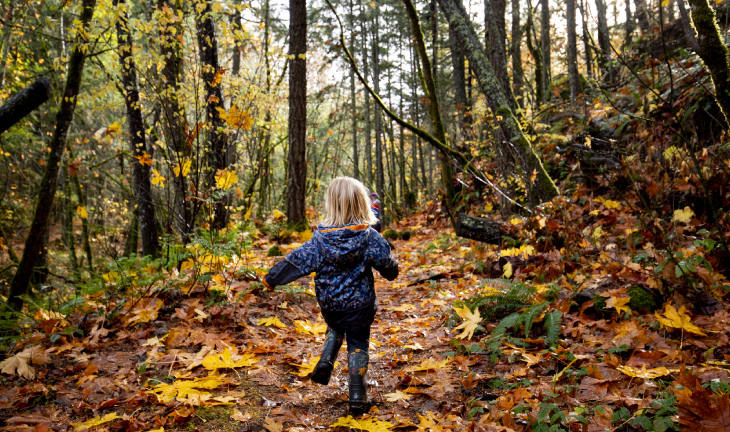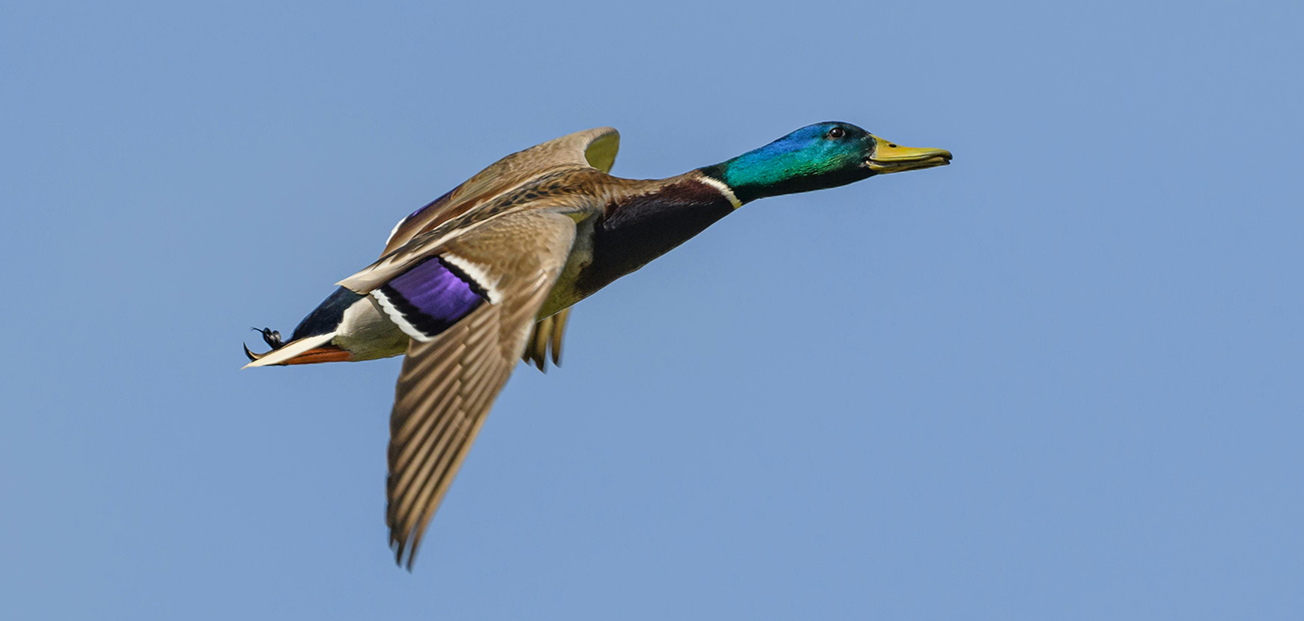
Forestland Added to Catahoula Wildlife Refuge in Louisiana
4,113-acre addition provides important habitat for migratory birds, while helping to remove carbon dioxide from the atmosphere
ALEXANDRIA, La. — The Conservation Fund, American Electric Power and the U.S. Fish and Wildlife Service (USFWS) announced today the addition of 4,113 acres of Louisiana wetlands and forestland to the Catahoula National Wildlife Refuge (NWR). Long ago, much of the property was forested, and was later cleared for cropland. In 2001, American Electric Power undertook a major reforestation effort on the land, planting over two million trees that will help remove carbon dioxide from the atmosphere. Now part of the National Wildlife Refuge, the growing forest will serve as important habitat for wildlife, while offering permanent public access for wildlife-focused recreation.
“This is an amazing accomplishment for the conservation of many species including those at-risk to be listed under the Endangered Species Act,” said Leopoldo ‘Leo’ Miranda, Director of the U.S. Fish and Wildlife Service’s Southeastern Region, which includes Louisiana. “At the same time, this is great for hunters and anglers. We’re preserving important habitat to conserve nature and our hunting and fishing heritage.”
Located adjacent to Catahoula Lake, one of the most important natural wintering waterfowl areas in North America, Catahoula NWR is rich in birdlife. More than 175 wetland-dependent birds depend on the refuge, including mallards, greater white-fronted geese, mottled ducks and northern pintails. The refuge provides an important stopover point for neotropical migratory birds, and is also home to the Louisiana black bear, the state mammal of Louisiana. In addition to habitat preservation, the newly-protected land will ensure permanent public access for bird watching, hunting and fishing. About 40,000 people visit Catahoula NWR each year for recreation and wildlife-viewing.
“We are truly fortunate to have had the opportunity to play a role in reforesting this land and helping to ensure it is preserved for generations to come,” stated Mike Williams, American Electric Power Real Estate & Forestry Supervisor. “Now, after a nearly 20-year partnership with The Conservation Fund and the U.S. Fish and Wildlife Service, we’re delighted to see this effort culminate in the ground being permanently added to the Catahoula National Wildlife Refuge.”
The protection of this acreage—which includes hardwood forest, field, and wooded swamp habitat—represents the completion of a two-decade-long relationship between The Conservation Fund, American Electric Power, and the USFWS to protect and restore more than 18,000 acres of important forests and wetlands at Catahoula NWR.
“This project is the perfect example of how corporate, public and private partnerships can create lasting conservation results,” said Ray Herndon, Director of the Central Gulf and Lower Mississippi River Region for The Conservation Fund. “The protection of this forest and wetland habitat is not only a major step forward for wildlife and recreation in Louisiana – it also plays a role in mitigating the challenging impacts of climate change. We are grateful to our partners at American Electric Power and the U.S. Fish and Wildlife Service for their work to restore and protect this important landscape.”
The newly-protected land will also serve as an important carbon sink. American Electric Power reforested the land with native hardwoods, which will capture and retain CO2 as the trees mature. Over the course of its restoration efforts at Catahoula NWR, AEP has supported the planting of more than two million trees.
Funding for the 4,113-acre expansion was provided by the Migratory Bird Conservation Fund, with funds originating from the Federal Migratory Bird Hunting and Conservation Stamps – or “Duck Stamps.”
“Adding more than 4,000 acres to the Catahoula National Wildlife Refuge will provide Louisiana’s natural wildlife with a home to thrive and grow,” said U.S. Senator John Kennedy. “Through this partnership, we are able to maximize our resources to restore Louisiana’s wetlands and forests. The new acreage creates more room to explore some beautiful Louisiana landscape and replenishes the wildlife for hunters and fishermen like myself.”
About The Conservation Fund
At The Conservation Fund, we make conservation work for America. By creating solutions that make environmental and economic sense, we are redefining conservation to demonstrate its essential role in our future prosperity. Top-ranked for efficiency and effectiveness, we have worked in all 50 states since 1985 to protect more than eight million acres of land, including more than 207,000 acres in Louisiana.
About U.S. Fish and Wildlife Service
The mission of the U.S. Fish and Wildlife Service is working with others to conserve, protect and enhance fish, wildlife, plants and their habitats for the continuing benefit of the American people. We are both a leader and trusted partner in fish and wildlife conservation, known for our scientific excellence, stewardship of lands and natural resources, dedicated professionals and commitment to public service. For more information on our work and the people who make it happen, visit www.fws.gov.
About American Electric Power
American Electric Power, based in Columbus, Ohio, is focused on building a smarter energy infrastructure and delivering new technologies and custom energy solutions to our customers. AEP’s approximately 18,000 employees operate and maintain the nation’s largest electricity transmission system and nearly 220,000 miles of distribution lines to efficiently deliver safe, reliable power to nearly 5.4 million regulated customers in 11 states. AEP also is one of the nation’s largest electricity producers with approximately 32,000 megawatts of diverse generating capacity, including more than 5,000 megawatts of renewable energy. AEP’s family of companies includes utilities AEP Ohio, AEP Texas, Appalachian Power (in Virginia and West Virginia), AEP Appalachian Power (in Tennessee), Indiana Michigan Power, Kentucky Power, Public Service Company of Oklahoma, and Southwestern Electric Power Company (in Arkansas, Louisiana, east Texas and the Texas Panhandle). AEP also owns AEP Energy, AEP Energy Partners, AEP OnSite Partners, and AEP Renewables, which provide innovative competitive energy solutions nationwide.
Contact:
Val Keefer | The Conservation Fund | 703-908-5802 | vkeefer@conservationfund.org
Mark Davis | U.S. Fish & Wildlife Service | 404-679-7074 | mark_r_davis@fws.gov
Mike Williams | American Electric Power | 740-962-1214 | cmwilliams@aep.com
General Media Contact: media@conservationfund.org
Photo credits (from top of page): Petr Ganaj
